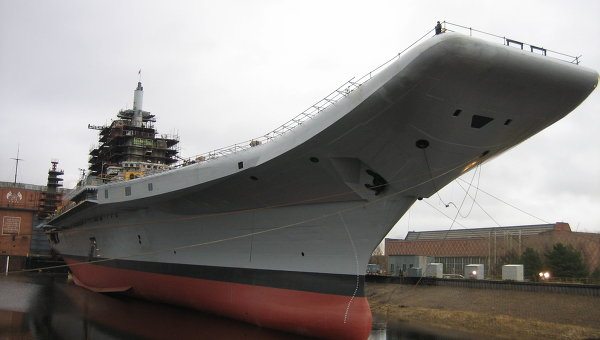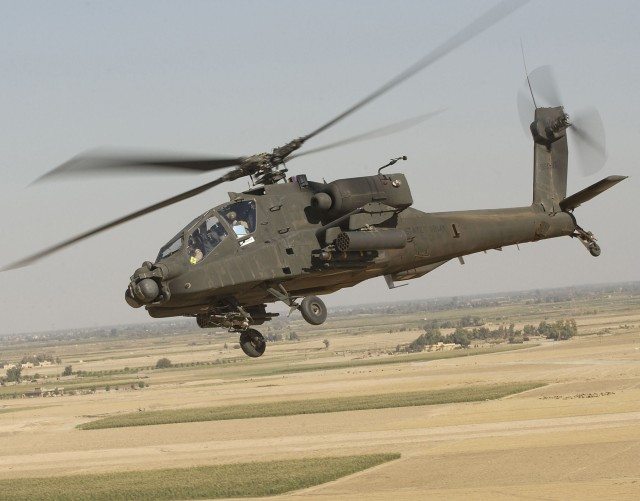Just when the US is seeking to “rebalance” 60% of its formidable naval fleet towards the Asia-Pacific region, and China steams ahead to commission its first aircraft carrier this year, India’s long-standing aim to operate two full-blown carrier battle groups (CBGs) by 2015 has taken a huge hit.
Construction schedule of the 40,000-tonne indigenous aircraft carrier (IAC), being built at Cochin Shipyard in defence minister AK Antony’s home state, has “slipped another three years” behind the already-revised timelines.
“The fact is IAC will not be ready any time before 2017. In a recent high-level meeting, the Cochin Shipyard was sharply pulled up for this huge delay,” said a defence ministry source.
The barely one-third finished IAC, to be christened INS Vikrant after the country’s first carrier decommissioned in 1997, currently stands forlornly next to the bridge connecting Cochin Shipyard to the naval base there.
“IAC, whose keel was laid in February 2009, was to be ‘launched’ with a weight of around 25,000 tonnes by October 2010. But that is yet to happen. Prematurely floated out of the dry dock last December due to delays in gear boxes and other systems, IAC is just about 14,000 tonnes at present,” he said.
The first contract for IAC till its “launch”, sanctioned in 2002-2003, was pegged at Rs 3,261 crore. But there has been a huge cost escalation since then, with the second contract from “launch to completion” yet to be even inked.
This effectively torpedoes Navy’s plan to have two potent CBGs by 2015. CBGs or carrier strike groups, capable of travelling 600 nautical miles a day with accompanying destroyers, frigates, submarines, tankers, fighters and other aircraft, project raw offensive power like nothing else around the globe.
As per plans, India’s first CBG is to be centered on the 44,570-tonne INS Vikramaditya, or the refitted Admiral Gorshkov, which will be inducted by early-2013 under the revised $2.33 billion deal inked with Russia.
The second CBG was to revolve around the IAC. But Navy will now have to further stretch the operational life of its present solitary carrier, the 28,000-tonne INS Viraat, beyond 2014. Already over 50 years old, Viraat is also relatively toothless with just 11 Sea Harrier jump-jets left to operate from its deck. The 45 MiG-29K naval fighters, being procured from Russia for $2 billion, can operate only from Vikramaditya and IAC.
All this when US is going to deploy at least six of its 11 CBGs – each carrier is over 94,000 tonnes and can operate 80-90 fighters — in the Asia-Pacific region. China, too, is moving fast ahead, holding aircraft carriers are “symbols of a great nation”.
China will take a few years to master CBG operations after it commissions its first carrier, the 67,500-tonne Varyag, undergoing sea trials at present. But it has an ongoing robust programme to build “multiple carriers” in the decade ahead.
India also has a 65,000-tonne IAC-II on the drawing board but the delay in IAC-I has derailed it. The 260-metre-long IAC-I is supposed to carry 12 MiG-29Ks, eight Tejas Light Combat Aircraft and 10 anti-submarine and reconnaissance helicopters on its 2.5-acre flight deck and hangars.
With a crew of 160 officers and 1,400 sailors, IAC will have an endurance of around 7,500 nautical miles at 18 knots, powered by four American LM2500 gas turbines. It will be capable of a maximum speed of 28 knots.











